Though much progress has been made in the field of nutrition and health sciences since 1947, malnutrition and micronutrient deficiencies are hidden pandemics that continue to cause nuisance in all sections of Indian society. A 2018 study in the Journal of Family Medicine and Primary Care found that 80-90 percent of the Indian population of all age groups was Vitamin D deficient. India is also one of the most affected countries in the context of iron deficiency anaemia with more than 50% of its population suffering from it.
As a measure to bring down the alarming rate of malnutrition cases in the country, since 2018, September of every year has been celebrated as the National Nutrition Month. The nutrition month is celebrated with the aim to spread awareness on the issues related to malnutrition and micronutrient deficiency in the country. Every year, efforts have been made to curb malnutrition in children and nutrition deficiency diseases that plague adolescent girls, pregnant, and lactating mothers.
Meghalaya’s dismal performance in UN’s SDGs (Goal No 2 and 6)
The North East of India is one of the biodiversity hotspots of the country with a rich diversity in flora and fauna. A recent participatory mapping undertaken by NESFAS among selected communities in Nagaland and Meghalaya found that these communities had an average of 202 food plants available for consumption; either cultivated or available in the wild. However, a startling revelation of the research was the apparent lack of diversity in the intake of food groups with many of the communities failing to meet the Daily Dietary requirements. Only a few among the 32 participating communities were found to achieve the Dietary Diversity Score (DDS) of 5 (Consuming 5 out of the available 10 food groups). As such, issues of malnutrition among children and nutrition deficiency (anaemia among pregnant women) still remain prevalent in the North East of India, particularly in Meghalaya and Nagaland.
NITI Aayog recently published a report on the performance of the North-Eastern regions on the 17 Sustainable Development Goals (SDG) with Meghalaya among the worst-performing states in the SDGs related to nutrition and clean water and sanitation. Meghalaya’s performance in the SDG 2 which aims to end all forms of hunger and malnutrition by 2030 is deplorable. The highest-ranked district from Meghalaya under this goal is South West Garo Hills coming in the 42nd rank. The report indicates that around or more than 30 % of children in all districts are stunted with a further 20-30 % of children found to be underweight. The percentage of pregnant women between 15-49 years who were found to be anaemic ranged from almost 30% to more than 60% in the state with the same number of anaemic cases found in children aged between 6-59 months.
Despite being blessed with heavy rainfall (one of the highest in the world), the state’s performance in the SDG 6 that calls for clean water and sanitation for all by 2030 is abysmal. Ri-Bhoi district ranked lowly at 78 in the whole northeast and surprisingly was the best performer among the 11 districts of Meghalaya in general. The percentage of schools with functional toilet facilities for girls ranged from just over 4-% to 70% across the state with the sorry state of affairs having huge implications on the health and general well being of the population in the state.
NESFAS’ Nutrition Programmes
NESFAS’ core works on nutrition programmes have been to tackle the underlying issues of malnutrition and micronutritional deficiencies that continue to plague the state. It aspires that every community eats clean food that is locally sourced from their traditional food system. To enhance the diversity of food on the plate, NESFAS follows the FAO’s Minimum Dietary Diversity parameter. Much of the nutritional campaigns are aimed to remind the communities of the simple ways in which local food can be cooked or prepared in a tasty and nutritious manner.
Many programmes have been undertaken under the REC funded project ‘No One Shall Be Left Behind’ campaign to reverse the issues of malnutrition and micronutritional deficiencies among partner communities in the state. A DDS survey to understand the diets of the communities was launched to identify the missing food groups from the diets. Along with this, NESFAS launched the NESFAS Nutri-App to track what the communities are eating; where the deficiencies were and how the necessary nutrients can be acquired through the consumption of locally available food items. This Nutri-App covered 79 villages in its first launch and saw an increase in DDS (improved dietary diversity) among more than 30% of the recorded households. The #EatTraditional and #EatGreens campaigns have been an integral part of the Nutritional campaign encouraging the communities to eat locally grown vegetables and foraged green leafy edibles. The campaign also promotes traditional food items which at most times, have more nutritional content in comparison to common food items.

To address the high rate of anaemia among pregnant women in the communities, the consumption of ten food groups along with dark green leafy vegetables have been promoted among women in the communities. A DDS pilot survey conducted in seven villages observed the increased consumption of green leafy vegetables which are an important micro-nutrient rich food group. MDM and ICDS programmes have been encouraged to use local ingredients and create interesting, tasty, and nutritious recipes to increase the intake of micronutrient-rich food among school children. An example of this is the addition of five or more wild edibles in an omelette. Much of these novel styles of cooking using local ingredients are first introduced through cooking demonstrations by chefs. NESFAS’ latest annual report indicates that 997 participants are engaged in cooking demonstrations. In the past three years, over 2057 children have also participated in 88 Agrobiodiversity (ABD) walks building confidence among the younger generation about the Indigenous Food Systems as well as the rich agrobiodiversity of the local areas.
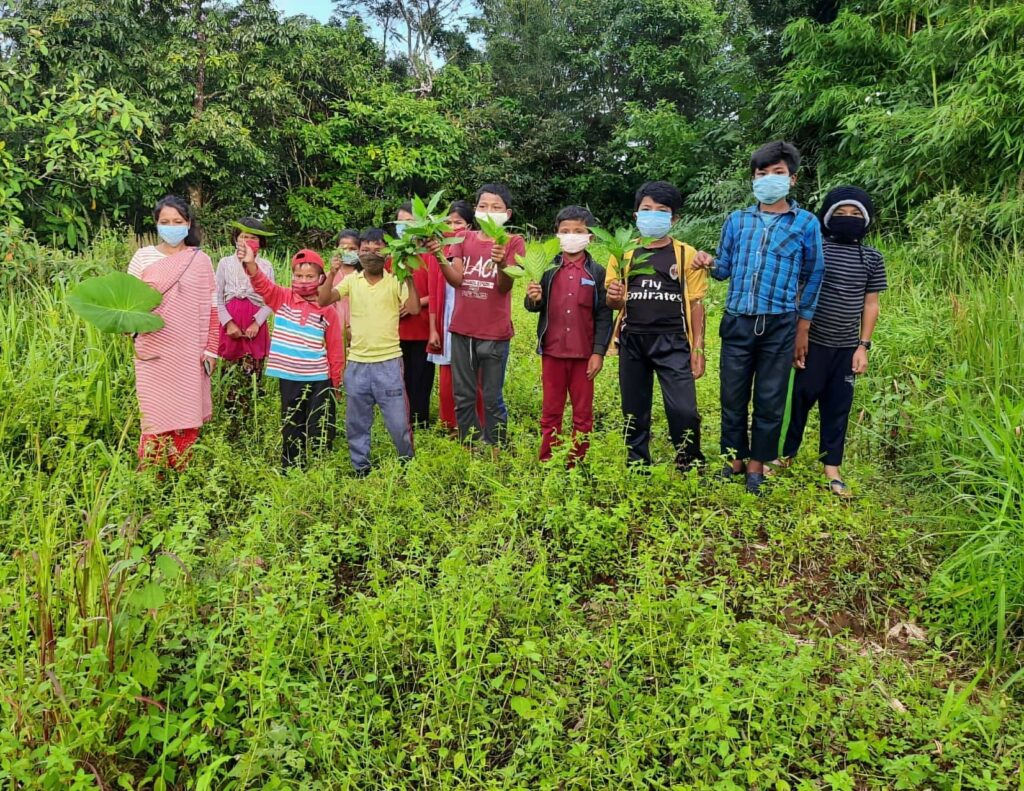
Bah George B. Lyngdoh, MLA, Umroi recently put forward the State’s dismal performance in the NITI Aayog report in the Autumn Assembly session. While addressing the various shortcomings of the State in the Assembly, Bah George acknowledged the works that local grassroots organisations like NESFAS have undertaken to tackle the various problems and issues of the state.
WASH Campaign
Clean water, sanitation, and proper hygiene are integral for the well being of human beings. Food security makes little sense without clean water, proper sanitation, and hygiene. As such, WASH campaigns have been taken up side by side with the various nutritional campaigns under NESFAS. To date, 789 WASH campaigns have been initiated by NESFAS among its partner communities reaching 13413 community members. NESFAS’ initiative on WASH campaigns has influenced Government agencies like NABARD to collaborate for WASH campaigns over the years. A WASH pilot study done in seven villages located in the Khatarshnong-Laitkroh block of East Khasi Hills involving 179 households revealed an improvement in the reduction of water-borne diseases by three of the villages. A further 384 students have also benefitted from the construction of Water tanks and 9 washbasins. The importance of WASH campaigns has been highlighted more than ever for communities amidst the pandemic.
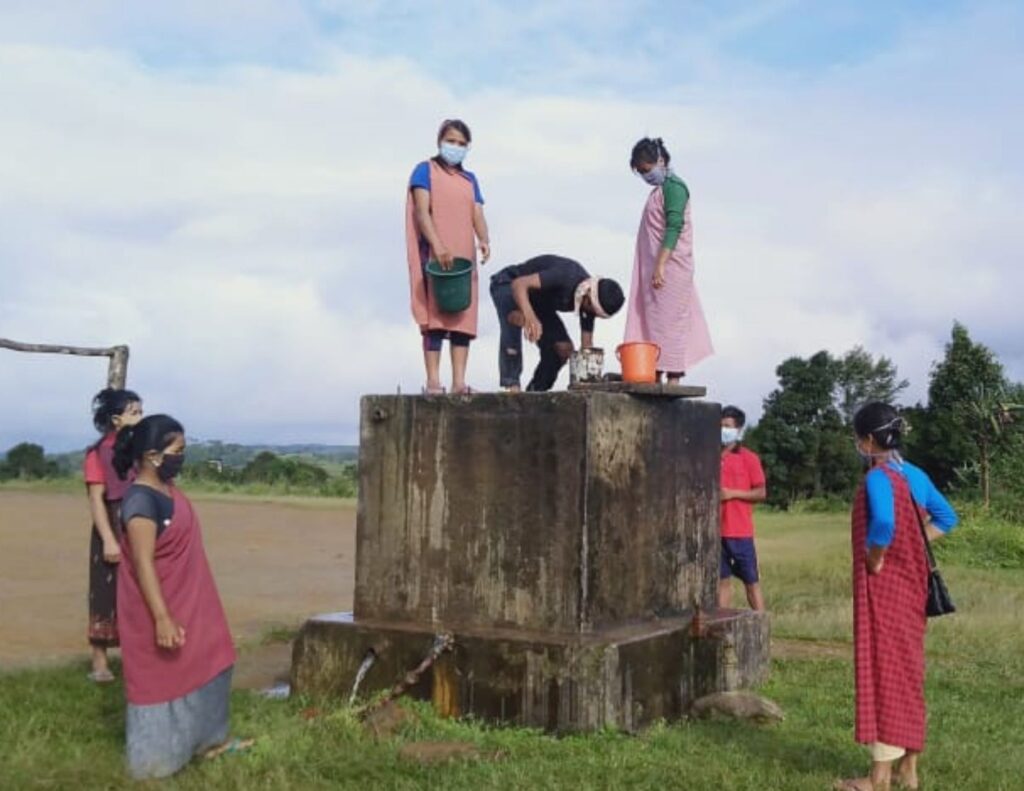
As the world pulls its collective socks up to work towards Zero Hunger and the availability of Clean Water and Sanitation for all by 2030, NESFAS remains keener than ever to contribute to the collective good by working at the grassroots level. While the Nutrition Month of the country draws to a close, nothing changes for NESFAS where the mission has always been to eradicate the plagues of malnutrition and other deficiencies among its partner communities.
Watch video:

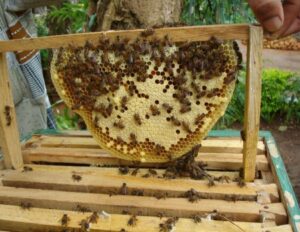
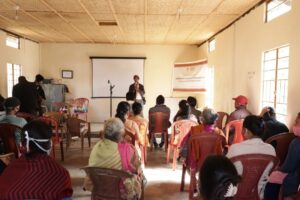
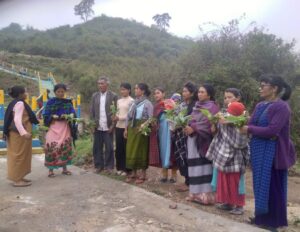
Good job NESFAS. Keep it up in taking the lead through Grassroot Approach. Catering to the needs of Indigenous people through indigenous seeds will enhance your campaign to eradicate Malnutrition. Health is Wealth will be experienced by us in the rural setup as NESFAS impact.